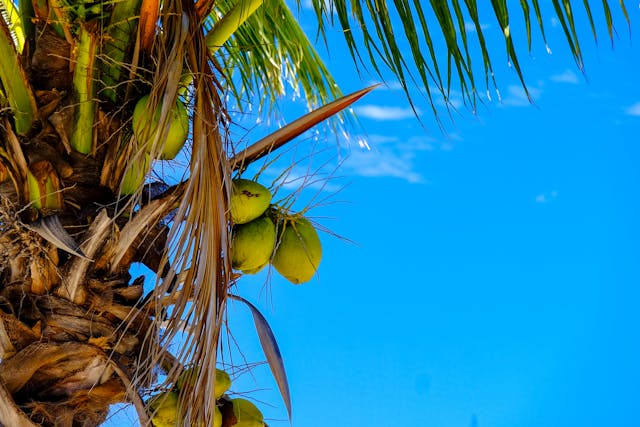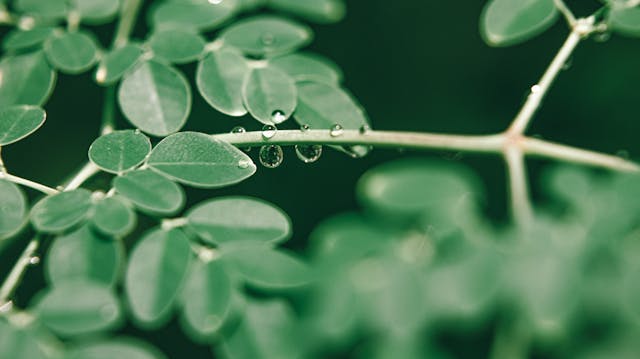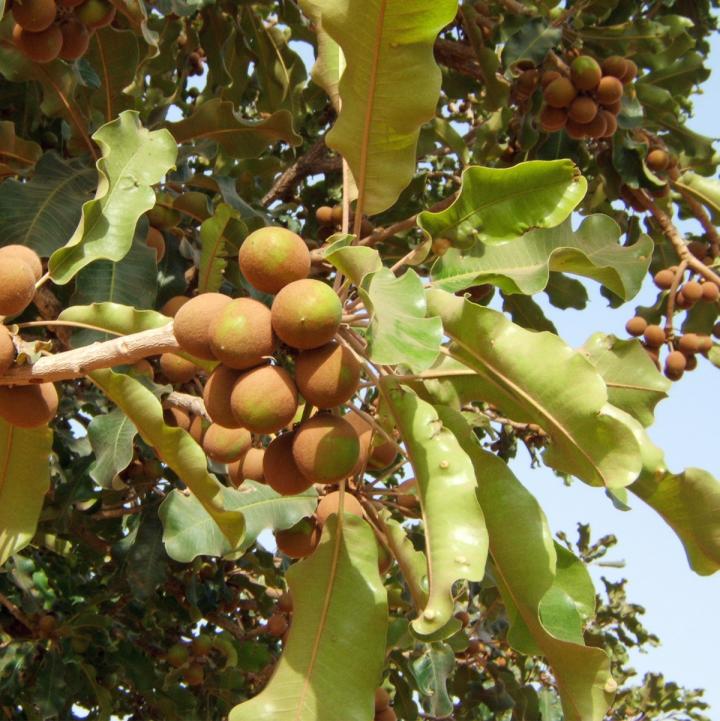Exploring Africa’s Most Useful Trees: Fruits, Oils, and Traditional Uses
Africa is home to some of the world’s most valuable and versatile trees, providing essential resources for health, wellness, and sustainable livelihoods. From nutrient-rich fruits and nourishing oils to medicinal properties and strong, durable wood, African trees like the baobab, moringa, shea, and marula are prized for their unique benefits and traditional uses. In this blog, we explore the most useful African trees, uncovering their roles in skincare, nutrition, medicine, and culture.
We’ll delve into the many uses of trees like the baobab (known as the “Tree of Life”), the shea tree, the coconut palm, and more, examining the fruits they bear, the oils they produce, and how they support local communities. Whether you’re interested in the benefits of baobab fruit, shea butter, marula oil, or coconut oil, this guide to African tree species will give you insight into the power of these natural resources and their impact across the continent and beyond. Join us as we explore the remarkable gifts of Africa’s trees and the ways they enrich lives around the world.
We’ll delve into the many uses of trees like the baobab (known as the “Tree of Life”), the shea tree, the coconut palm, and more, examining the fruits they bear, the oils they produce, and how they support local communities. Whether you’re interested in the benefits of baobab fruit, shea butter, marula oil, or coconut oil, this guide to African tree species will give you insight into the power of these natural resources and their impact across the continent and beyond. Join us as we explore the remarkable gifts of Africa’s trees and the ways they enrich lives around the world.

Cocoa Tree (Theobroma cacao)
Uses: Primarily grown for cocoa beans, used in chocolate, cocoa butter, and cocoa powder. Cocoa butter is widely used in cosmetics.
Fruits: Cocoa trees produce large pods with seeds (cocoa beans) inside, surrounded by sweet, tangy pulp.
Oils: Cocoa Butter is extracted from cocoa beans and is known for its skin-nourishing properties.
Found In: Commonly found in West Africa, particularly in Ivory Coast, Ghana, Nigeria, and Cameroon.
Uses: Primarily grown for cocoa beans, used in chocolate, cocoa butter, and cocoa powder. Cocoa butter is widely used in cosmetics.
Fruits: Cocoa trees produce large pods with seeds (cocoa beans) inside, surrounded by sweet, tangy pulp.
Oils: Cocoa Butter is extracted from cocoa beans and is known for its skin-nourishing properties.
Found In: Commonly found in West Africa, particularly in Ivory Coast, Ghana, Nigeria, and Cameroon.

Moringa Tree (Moringa oleifera)
Uses: Often called the “Miracle Tree,” moringa leaves are used as a superfood, the seeds are used for water purification, and the pods are cooked and eaten.
Fruits: The tree produces long, green pods containing seeds. The young pods are eaten as a vegetable, and the leaves are dried and ground into a nutritious powder.
Oils: Moringa Oil is extracted from the seeds and is highly stable, making it ideal for cosmetics. It is also used in hair care and cooking.
Found In: Native to parts of Kenya, Ethiopia, Sudan, and other East African countries, it is also widely cultivated in West Africa and Southern Africa.
Uses: Often called the “Miracle Tree,” moringa leaves are used as a superfood, the seeds are used for water purification, and the pods are cooked and eaten.
Fruits: The tree produces long, green pods containing seeds. The young pods are eaten as a vegetable, and the leaves are dried and ground into a nutritious powder.
Oils: Moringa Oil is extracted from the seeds and is highly stable, making it ideal for cosmetics. It is also used in hair care and cooking.
Found In: Native to parts of Kenya, Ethiopia, Sudan, and other East African countries, it is also widely cultivated in West Africa and Southern Africa.

Argan Tree (Argania spinosa)
Uses: The argan tree provides wood, animal feed, and argan oil, which is highly prized in cosmetics and cooking.
Fruits: Small, oval fruits contain nuts from which argan oil is extracted. The pulp is sometimes used as animal feed.
Oils: Argan Oil is rich in fatty acids and antioxidants, used in skincare and hair care, and for culinary purposes.
Found In: Native to Morocco and some parts of Algeria, particularly in the southwestern regions.
Uses: The argan tree provides wood, animal feed, and argan oil, which is highly prized in cosmetics and cooking.
Fruits: Small, oval fruits contain nuts from which argan oil is extracted. The pulp is sometimes used as animal feed.
Oils: Argan Oil is rich in fatty acids and antioxidants, used in skincare and hair care, and for culinary purposes.
Found In: Native to Morocco and some parts of Algeria, particularly in the southwestern regions.

Shea Tree (Vitellaria paradoxa)
Uses: Known for shea butter, which is used in skincare, cooking, and traditional medicine. The wood is used for making furniture and tools.
Fruits: The shea tree produces fleshy fruits with a nut that yields shea butter, a highly moisturizing substance rich in vitamins A and E.
Oils: Shea Butter, extracted from the shea nut, is used for its deep moisturizing and healing properties.
Found In: Predominantly found in West Africa, particularly in Ghana, Nigeria, Mali, Burkina Faso, and Ivory Coast.
Photo; Daphne Gallagher
If you've learned from reading this article - Follow Me on Nircle and leave a comment
Uses: Known for shea butter, which is used in skincare, cooking, and traditional medicine. The wood is used for making furniture and tools.
Fruits: The shea tree produces fleshy fruits with a nut that yields shea butter, a highly moisturizing substance rich in vitamins A and E.
Oils: Shea Butter, extracted from the shea nut, is used for its deep moisturizing and healing properties.
Found In: Predominantly found in West Africa, particularly in Ghana, Nigeria, Mali, Burkina Faso, and Ivory Coast.
Photo; Daphne Gallagher
If you've learned from reading this article - Follow Me on Nircle and leave a comment

